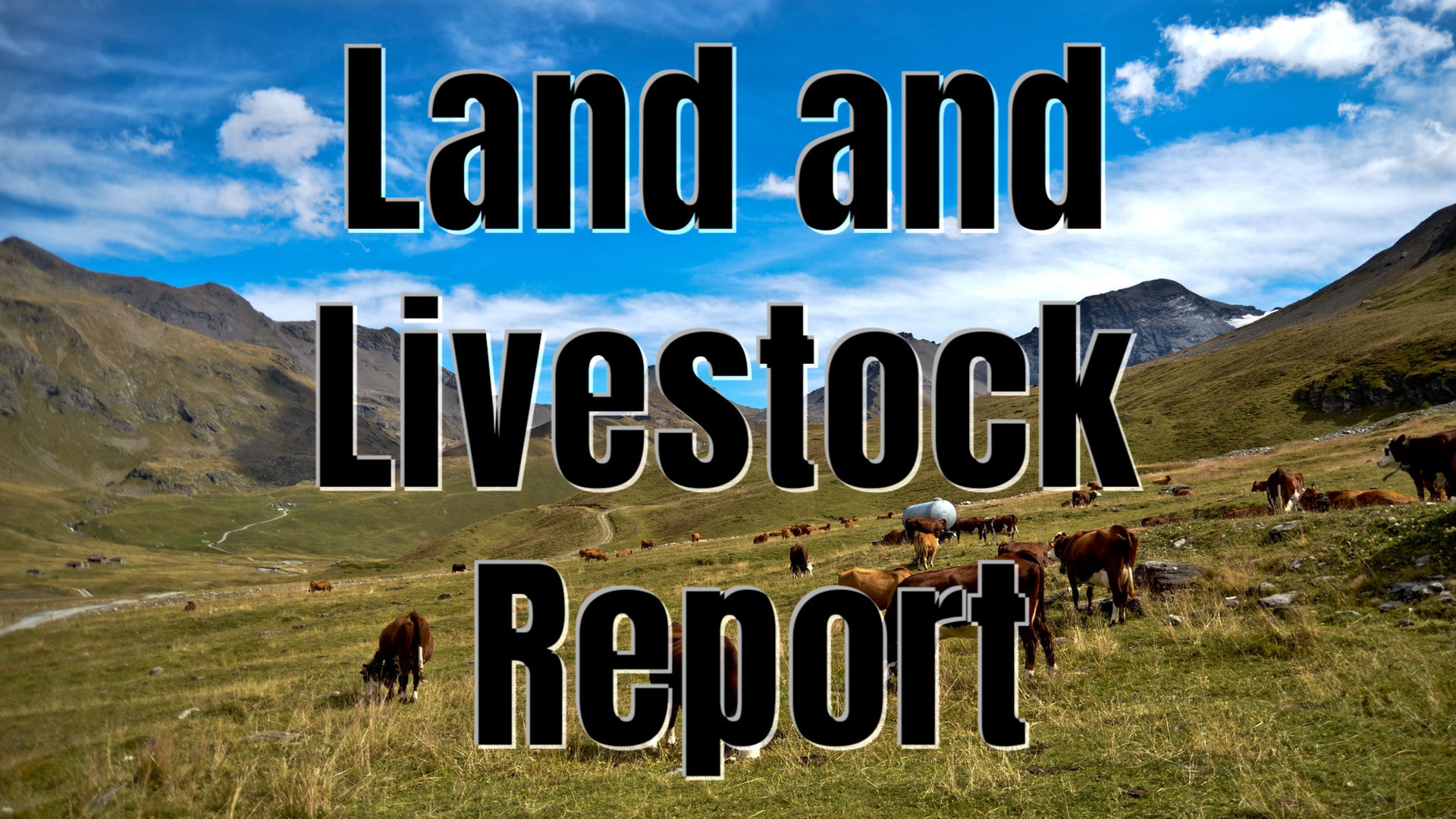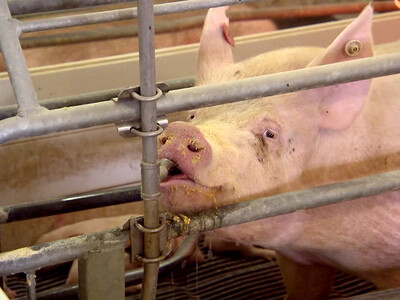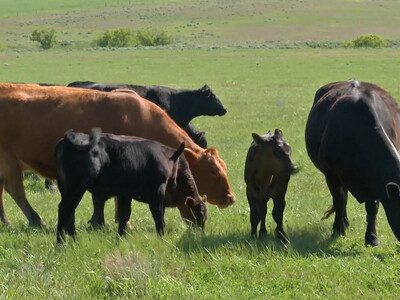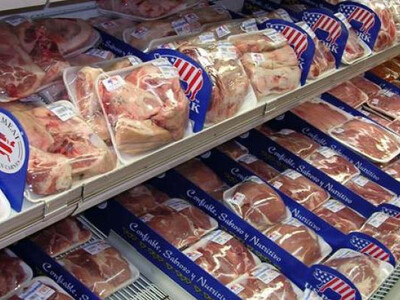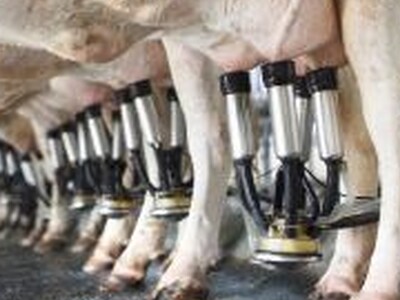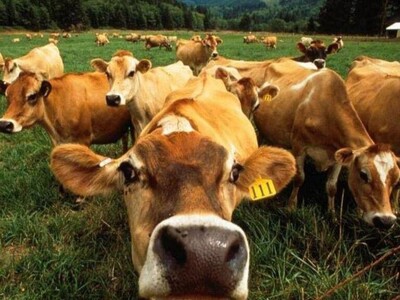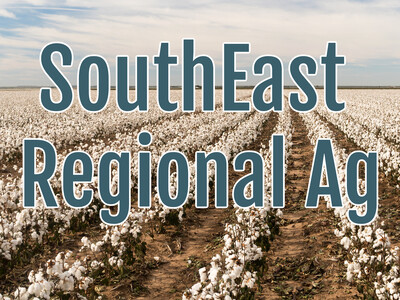Buyers Show Strong Enthusiasm for U.S. Lamb's Return to Japan
On Nov. 28, the U.S. Meat Export Federation (USMEF) launched U.S. lamb's return to the Japanese market with an educational seminar and tasting event that drew more than 200 chefs, importers, purveyors, trade media and other key food industry professionals to The Strings hotel in Tokyo.Following the detection of bovine spongiform encephalopathy (BSE) in the United States in December 2003, Japan was closed to U.S. lamb for nearly 15 years before reopening in July of this year. The USMEF event was designed to showcase the unique flavor profile and other positive attributes of U.S. lamb, introduce menu concepts featuring a variety of lamb cuts and connect suppliers with prospective customers.
"The turnout at the seminar was extremely impressive, and the enthusiasm was even more so," said Greg Ahart, vice president of sales for Superior Farms. Ahart also serves on the American Lamb Board and the USMEF Executive Committee. "After a 15-year absence from the marketplace, seeing the amount of excitement and interest that was present in the room – both from the educational side, as well as when we proceeded to the presentation of products and the tasting – this event was truly something to be part of. I was completely blown away by the volume and genuineness of the interest expressed."
USMEF President and CEO Dan Halstrom said U.S. lamb now has a long-awaited opportunity to capitalize on Japan's strong demand for high-quality red meat products.
"The seminar and tasting confirmed that there is a lot of enthusiasm for the reentry of U.S. lamb into Japan," Halstrom said. "We are in the midst of a 'niku boom' (meat boom) in Japan and there are many developing and emerging concepts, especially in the foodservice sector, for which high-quality U.S. lamb is a natural option."
Ahart noted that the strong reputation and following U.S. pork and beef have established in Japan will provide positive momentum for U.S. lamb.
"The credibility that U.S. pork and beef have in this marketplace is very beneficial as we look at reintroducing lamb," he explained. "Some of the more senior buyers in Japan have experience with U.S. lamb from before the market closure. But for the younger crowd at this event, which doesn't have that historical knowledge, the reputation of the other two high-quality proteins really helps generate interest in American lamb."
USMEF-Japan Director Takemichi Yamashoji also emphasized the need to attract younger customers, who will be a major focus of future USMEF tastings and promotions.
"There is an entire generation of Japanese consumers who have not tasted U.S. lamb," he said. "USMEF wants to reach younger Japanese consumers and make them regular customers, so that U.S. lamb will be top-of-mind when they go out for fine dining."
In addition to dishes that will be featured at high-end hotels and restaurants, Ahart added that the seminar was also an excellent venue for showcasing other lamb cuts that could gain traction in Japan.
"Lamb shanks and Denver ribs, which are comparable to short ribs, are examples of items that will have some applicability and interest in Japan as we build on the enthusiasm from the seminar," Ahart said.
Japan's imports of lamb and sheep meat are trending higher. Through October, imports in 2018 totaled 21,151 metric tons (up 11 percent from a year ago) valued at $171.2 million (up 20 percent and already a full-year record). Australian lamb currently holds about 60 percent market share, with New Zealand lamb capturing nearly 40 percent. Lamb and sheep meat enter Japan at zero duty.


